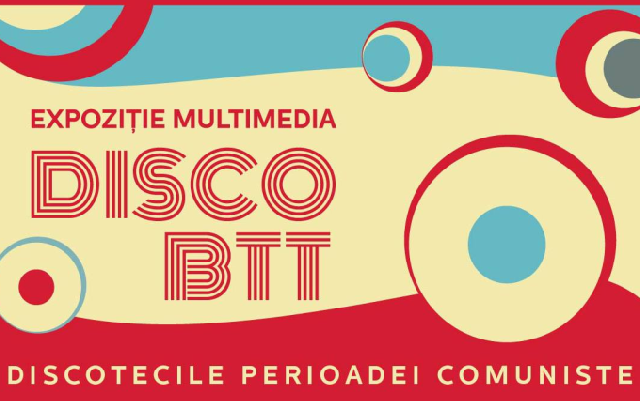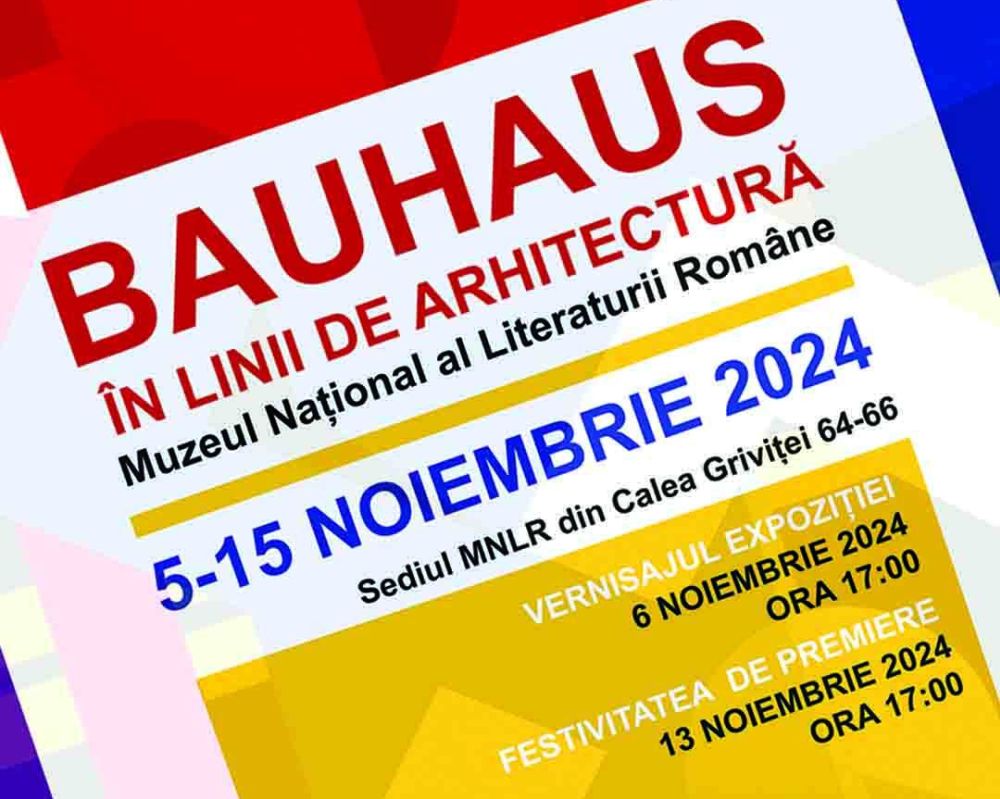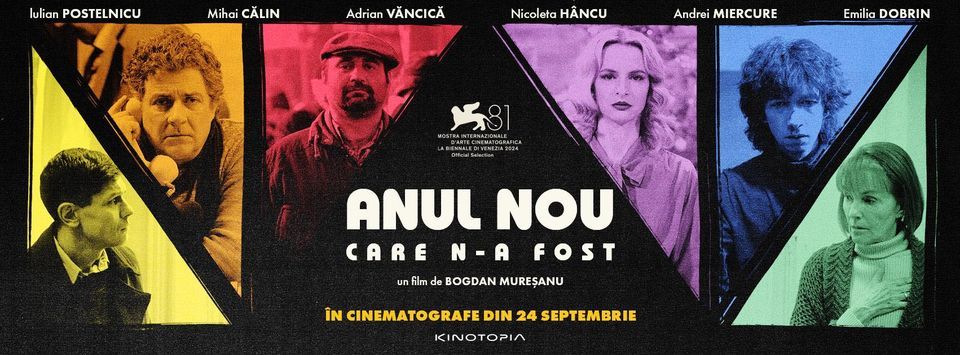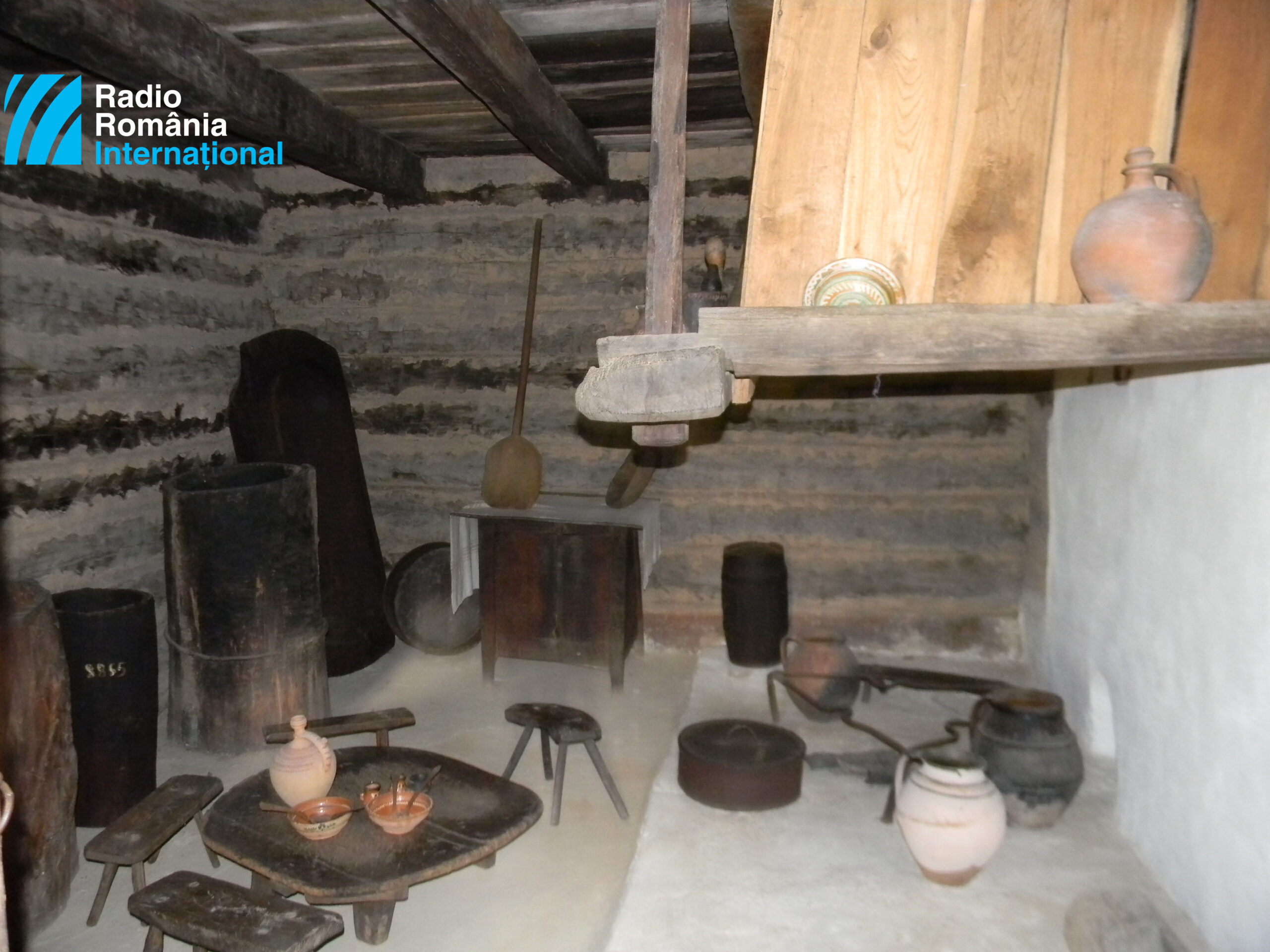DISCO BTT
The story of an exhibition that will take you back in time

Newsroom, 09.10.2018, 11:55
Disco
BTT – Discos of Communist Romania is an exhibition that was staged for the
first time a year ago in Bucharest with support from the Cultural-National Fund
Administration (AFCN). The exhibition proved to be a great success with 5,000
visitors on the premises of the Stirbei Palace, which was housing the event
last autumn. The event got the AFCN award for good results in its attempt to
preserve the immaterial cultural patrimony.
The concept of the DISCO BTT exhibition belongs to
film director Iulia Rugina, known for her productions, Breaking News, Love Building
and Stuck on Christmas. Here she is
at the microphone with more on this idea.
I got the idea a couple
of years ago while I was doing research for a fiction film. I am a film
director and the film I was working on was about a guy who used to be a DJ back
in the 80s. While doing my research I met Sorin Lupascu who was a DJ in
communist Romania and I got really captivated by this idea of introducing
people to a period that was quite unknown to many as palpable evidence is still
scarce. Of course there were stories from this period but no one was able to
put these stories together. So we thought we should be trying to take steps in
this direction.
DISCO
BTT is an original artistic creation inspired from that period, which is taking
the visitor through various unconventional spaces mounted in six rooms. No
groups are formed and that enables visitors to stay and admire the exhibits as
long as they want. Here is Iulia Rugina with details.
We started the project
as an original artistic creation. The exhibition is displayed in several rooms,
each room presenting an aspect of that time. Visitors are thus introduced to
the places where music was being played at a time when communist censorship was
at its highest. People got access to music only by means of these DJ or music
presenters as they were called back in the day. I am convinced those places
were quite known to the older generations. I talked to a lot of people who saw
those places first hand and gleaned stories about them. I also got posters,
devices and even music from that time on tapes, records and cassette tapes. All
these are on view in the exhibition, which makes for a rather sensorial
experience.
The
success of the aforementioned project happened to exceed the organizers’
expectations. Here is Iulia Rugina back at the microphone.
I personally didn’t
expect the exhibition to enjoy such a tremendous success in Bucharest last year
but it did. The explanation was that we had been visited by a varied public
consisting of those who were young at that time and saw these things first
hand. They later brought their children or grandchildren along. We also had a
good number of young visitors, mainly people interested in this cultural area
who later introduced the exhibition to their older relatives. This exhibition
is a very warm place, which brings a lot of emotion into visitors’ hearts,
whether they lived through those times or not.
Visiting
hours are more or less as opening hours used to be for discotheques in the
communist times. There are also many surprise elements, which visitors are
invited to discover while taking a tour of the exhibition. Entrance is free of
charge. Iulia Rugina told us what visitors are to discover this time:
The exhibition almost fully recreates
that atmosphere back then in Bucharest. The changes it suffered were due to the
space, which is slightly different. But it is divided into six rooms, and each
room is dedicated to one element from that period, with lots of music, photos,
archive materials. What is very nice, and was quite spectacular about the first
edition, is that it’s an exhibition that takes you in, because in one of the
rooms people start dancing: they come as visitors and they end up as
participants, exhibits even, because they get to dance in the last room of the
exhibition, which is in fact a 1980s discotheque, recreated as they used to be
back then. The opening will be accompanied by lots of music, we have as guests
the disco team and Florin Lupascu, who is the one who also provided the
consulting part for the exhibition. What I think is interesting about this
project is the fact that it takes you back in time.
The one who provided specialist advice for the
exhibition was Sorin Lupascu, who used to be one of the best DJs back then. The
stage design was signed by Andreea Popa, whose record includes some 20 feature
films and collaborations with directors such as Claude Lelouche, Joel
Schumacher, Cristi Puiu, Cristian Nemescu or Nae Caranfil. The light design
concept is signed by Alin Popa. And, another piece of good news: the organizers
want to bring the exhibition to as many cities across Romania as possible.






























